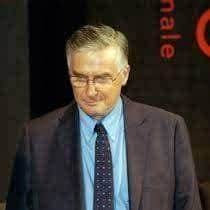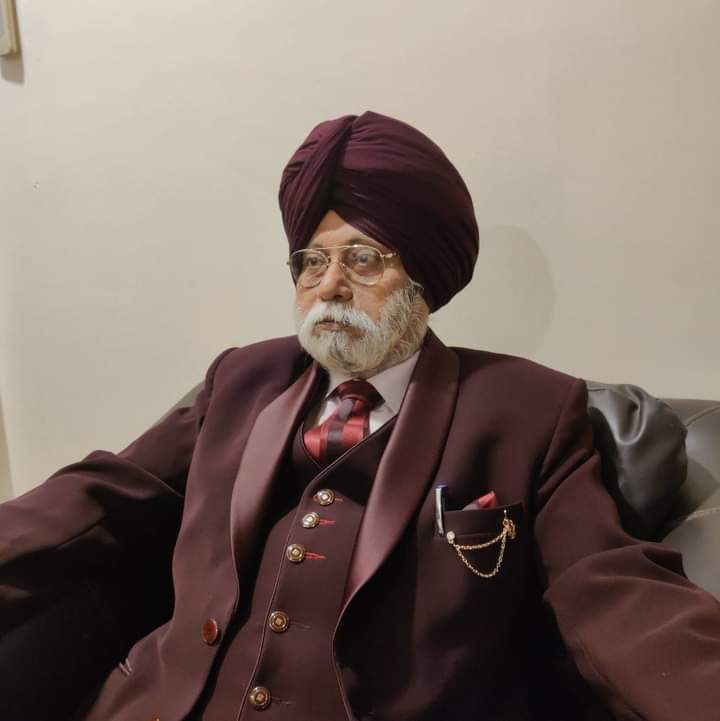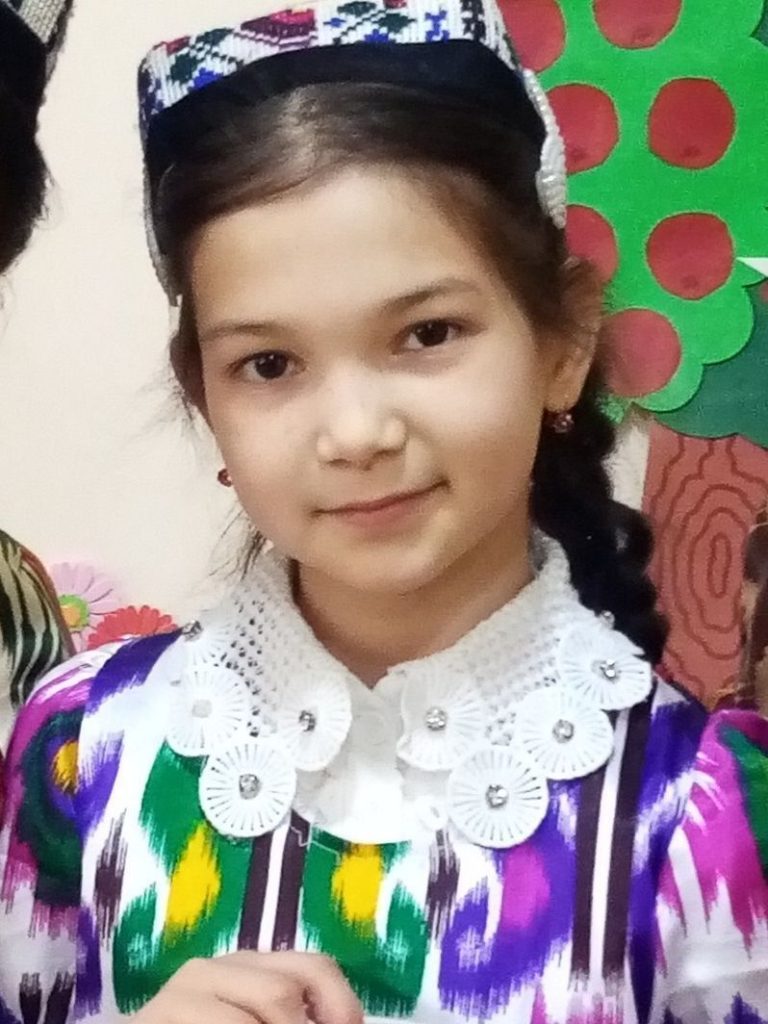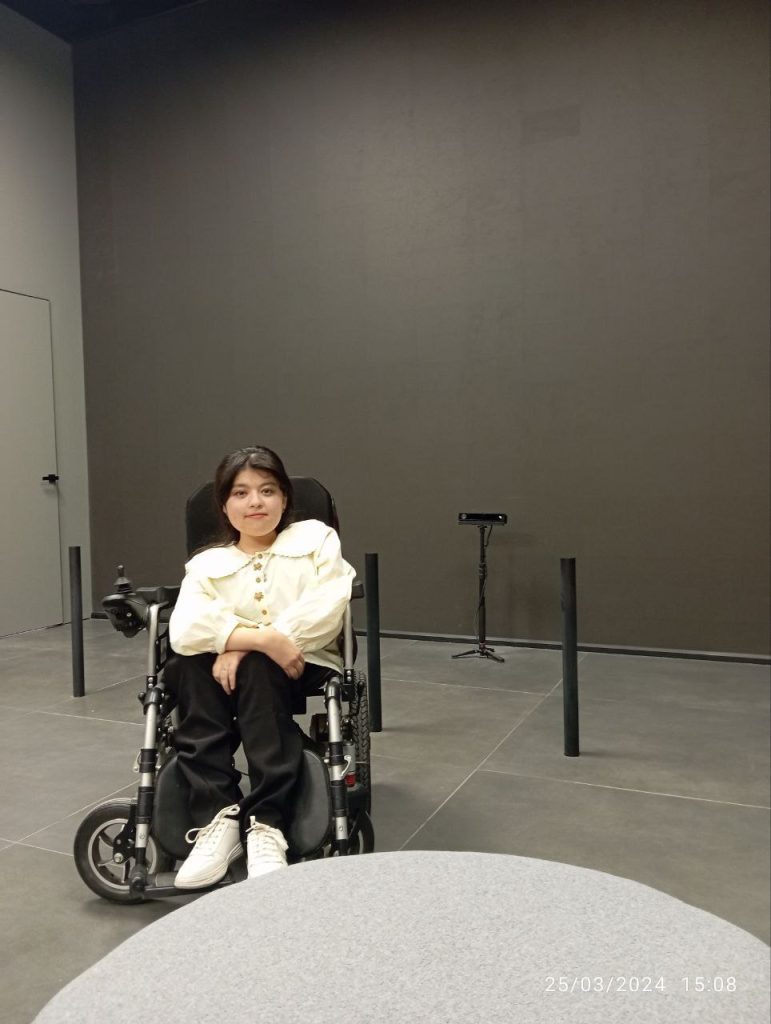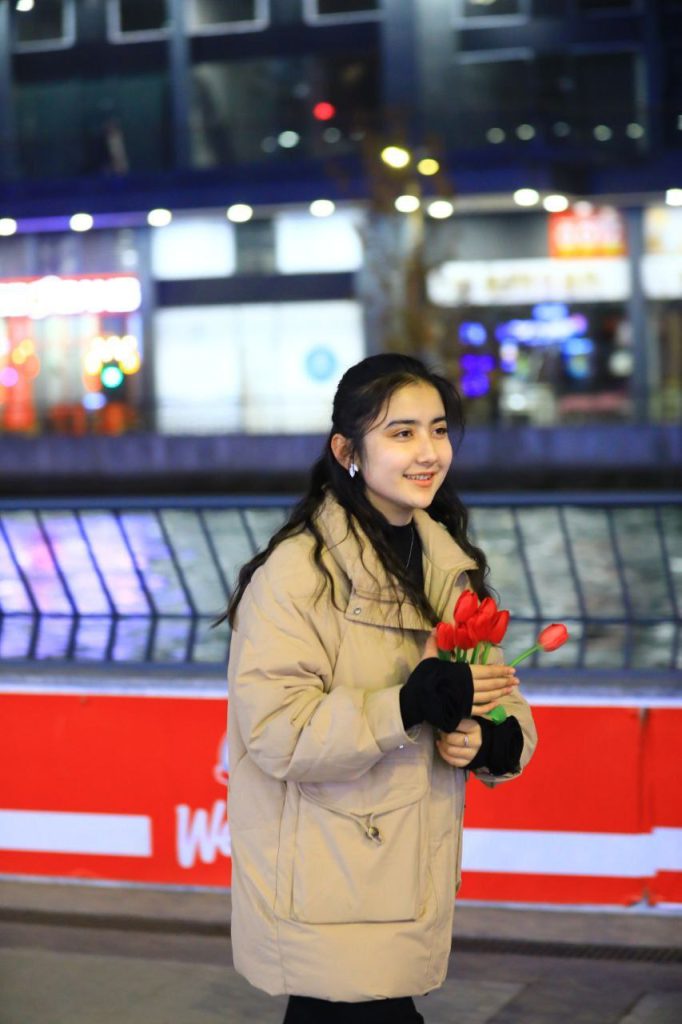Silent Battles: Navigating Mental Health Challenges and Loneliness During Student Years
Introduction
In today’s competitive and fast-paced world, student life is often romanticized as a time of personal growth, academic achievement, and social connection. However, beneath the surface lies a silent struggle faced by many students—one of mental pressure, emotional isolation, betrayal, and the absence of support. For some, these experiences define their entire educational journey. Yet, even amidst such darkness, it is possible to emerge stronger, wiser, and victorious.
This article explores the often-unspoken psychological burdens students endure—particularly mental health struggles, academic stress, feelings of loneliness, and emotional pain caused by those they once called friends. By shedding light on these hidden experiences, we aim to foster understanding, advocate for compassion, and remind every student walking this difficult path: your victory is coming.
The Weight of Expectations
Academic institutions are designed to challenge and educate. But with that mission often comes a pressure cooker of expectations. Students are expected to maintain high grades, be active in extracurricular activities, secure internships, develop social networks, and prepare for uncertain futures—all simultaneously. For many, especially first-year students or those from underprivileged backgrounds, this transition can be overwhelming.
The societal narrative often neglects the mental toll of such pressure. Constant comparison, fear of failure, and the need to prove oneself—whether to family, peers, or society—can slowly erode self-esteem and mental well-being. When grades become the only measure of worth, students begin to equate failure with personal inadequacy.
These internalized pressures frequently lead to anxiety, depression, and burnout. Yet, few students feel safe enough to speak about it. The stigma surrounding mental health, especially in cultures where vulnerability is mistaken for weakness, forces many to suffer in silence.
The Quiet Ache of Loneliness
Loneliness during student years is a complex and painful emotion. Even in classrooms filled with hundreds of students, one can feel profoundly alone. Moving to a new city, adjusting to a new environment, or failing to find ‘your people’ can leave students feeling isolated and misunderstood.
Social media often intensifies this loneliness. While it paints the illusion of connection, it can also create feelings of exclusion. Watching others post about friendships, outings, and achievements can foster a painful sense of “Why not me?”—leading students to question their worth and their ability to belong.
Loneliness does not only stem from being physically alone; it often arises from emotional disconnection. It is the feeling of not being seen, heard, or understood. It is sitting in a crowded library with tears threatening to fall, and no one noticing. It is wanting to share your burdens but having no one who truly listens. It is the ache of invisibility in the most formative years of life.
When Friends Become Strangers
One of the most disheartening experiences during student life is betrayal or emotional abandonment by friends. For many, university friendships are a source of comfort, laughter, and survival. But not all friendships last—and not all friends are genuine.
Some students experience bullying, exclusion, or emotional manipulation from those they once trusted. Others are left behind without explanation as their peers form new cliques or focus solely on their own goals. The realization that your support system has crumbled can be both devastating and disorienting.
This emotional abuse—whether subtle or overt—leaves scars. The fear of trusting again, the self-doubt born from rejection, and the inner voice whispering “you’re not enough” can become constant companions. When betrayal comes not from strangers but from those you once called friends, it hurts with a deeper, more personal sting.
The Absence of Support
Perhaps the most paralyzing aspect of student mental health struggles is the feeling that there’s no one to lean on. For students far from home, the physical distance from family can feel like emotional abandonment. Even those with parents nearby may feel emotionally misunderstood or invalidated.
Many institutions lack the resources or sensitivity to identify students who are silently suffering. Professors are focused on delivering content, not checking in on emotions. Friends may be too busy or too self-involved. And in a world where everyone seems to be “managing fine,” it can feel shameful to admit you’re not.
The absence of support is not just about who is missing; it’s about the haunting silence in times of crisis. It’s about breaking down in a dorm room at 2 a.m. with no one to call. It’s about realizing that while you have hundreds of contacts, you can’t name one person who would truly understand.
This lack of support amplifies the mental health crisis among students. Without emotional anchors, students spiral deeper into anxiety, depression, and hopelessness. And yet, despite the darkness, some keep walking.
The Turning Point: Choosing Yourself
Amid all this pain—academic pressure, loneliness, betrayal, and emotional neglect—there lies a quiet decision: the decision to choose yourself.
This is the moment when a student realizes that they are their own safest home. It may not come dramatically. It may arrive on a regular Tuesday after a failed quiz or during a solitary walk. But it is powerful.
Choosing yourself means seeking help even when it’s scary. It means setting boundaries with toxic people. It means crying, and still getting up the next day. It means talking to a counselor, writing your truth, or simply breathing deeply through the storm. It means recognizing that your value is not defined by grades, followers, or others’ opinions—but by your resilience.
This turning point is not loud. It is gentle and consistent. It is the beginning of healing.
Healing and Growth: A Slow But Beautiful Process
Healing from emotional wounds is not a linear journey. There will be good days and unbearable ones. Some mornings you will feel like yourself again; others, you’ll wonder if you ever will. But growth lies in persistence.
During the healing process, students begin to rediscover themselves. They find joy in small routines—making tea, reading books, listening to music, journaling. They begin to seek genuine connections, no longer chasing popularity but authenticity. They start valuing their mental peace more than validation.
And slowly, something remarkable happens. They become the very friend they needed. They develop empathy, strength, and emotional intelligence. They learn to identify red flags, to say no, and to choose environments that nurture them. Their scars become sources of wisdom, not shame.
The Inevitable Victory
The journey through emotional turmoil is not just about survival—it is about transformation. Many students who endure such pain emerge with an inner strength that no textbook could ever teach. They become leaders, mentors, healers, and creators. They carry stories of overcoming, of rising from the ashes, of winning the hardest battles—those within.
Victory does not always look like a gold medal or a perfect GPA. Sometimes it’s simply waking up and choosing to try again. Sometimes it’s smiling after days of tears. Sometimes it’s graduating despite depression, or finding real friends after years of loneliness. These victories are deeply personal—and deeply powerful.
In the end, you win. Not because the pain disappears, but because you become someone who refuses to give up. You win because you fought with grace, because you learned to love yourself, because you did not let darkness define your story.
Conclusion
Student life is often painted in bright colors, but many live it in shades of grey. Mental health struggles, academic pressure, emotional loneliness, and the absence of support can make it a painful chapter. Yet, within this pain lies the potential for profound transformation.
To every student fighting silent battles: your story matters. Your feelings are valid. And even if no one else applauds your quiet victories, know this—you are not alone, and you will rise. Keep walking, keep breathing, keep choosing yourself.
In the end, you do not just survive. You win.
Surayyo Nosirova Elyor qizi was born on May 13, 2006, in the Narpay district of the Samarkand region, Uzbekistan. From an early age, she showed a deep interest in literature, languages, and creative expression. Her passion for learning and writing became evident during her school years, where she actively participated in various academic, literary, and cultural activities. Currently, Surayyo is a first-year student at the Uzbekistan State University World Languages university, specializing in English Philology and Teaching. She is known for her strong academic performance and her dedication to mastering the English language. Her commitment to education extends beyond the classroom—she is the author of three published books: Heartfelt Thoughts, Voices in Writing, and Beyond Words: Mastering English. Each of these works reflects her insights into language learning, writing skills, and the emotional depth of student life.

